
Many popular grocery items now contain banned additives hidden under unfamiliar names or vague labeling, raising health concerns amid changing global regulations. Numerous countries have outlawed these chemical additives, but they persist in products still sold in some markets.
Most people aren’t even aware of these ingredients while eating their favorite snack. Do you know your ingredients?
1. Potassium Bromate in Bread

Potassium bromate is a flour additive used widely in commercial bread-making to strengthen dough and improve the finished loaf’s texture and volume. However, this compound has raised significant health alarms due to its carcinogenic properties. Research has shown hazard ratios for certain types of bread suggesting that, over a lifetime, hundreds of thousands out of a million consumers may face an increased risk of developing cancer.
Potassium bromate generates free radicals, which can damage DNA and cells. These can contribute to carcinogenesis and promote mutagenic effects in laboratory experiments and living subjects.
2. Brominated Vegetable Oil in Sodas
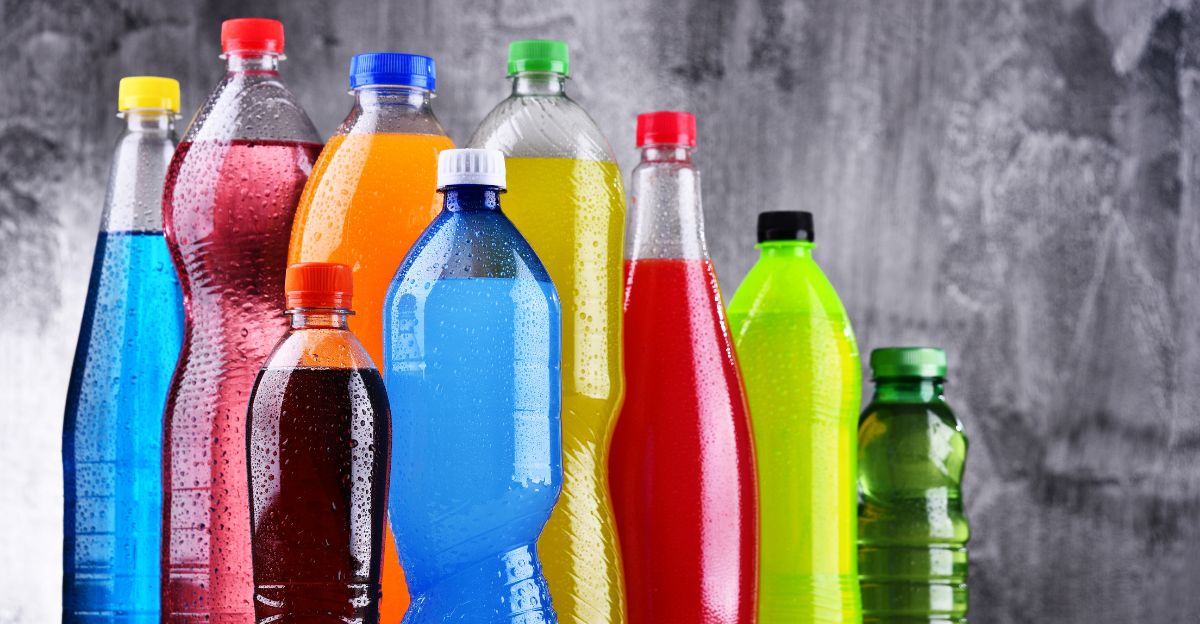
Brominated vegetable oil (BVO) has long been used as a stabilizer in citrus-flavored sodas, ensuring the even suspension of flavor oils and preventing them from separating during storage and distribution. The additive is essentially vegetable oil chemically modified with bromine, and it became common in sodas and sports drinks throughout the last century.
“Over the years many beverage makers reformulated their products to replace BVO with an alternative ingredient,” James Jones, FDA deputy commissioner for human foods.
3. BHA (Butylated Hydroxyanisole) in Cereal
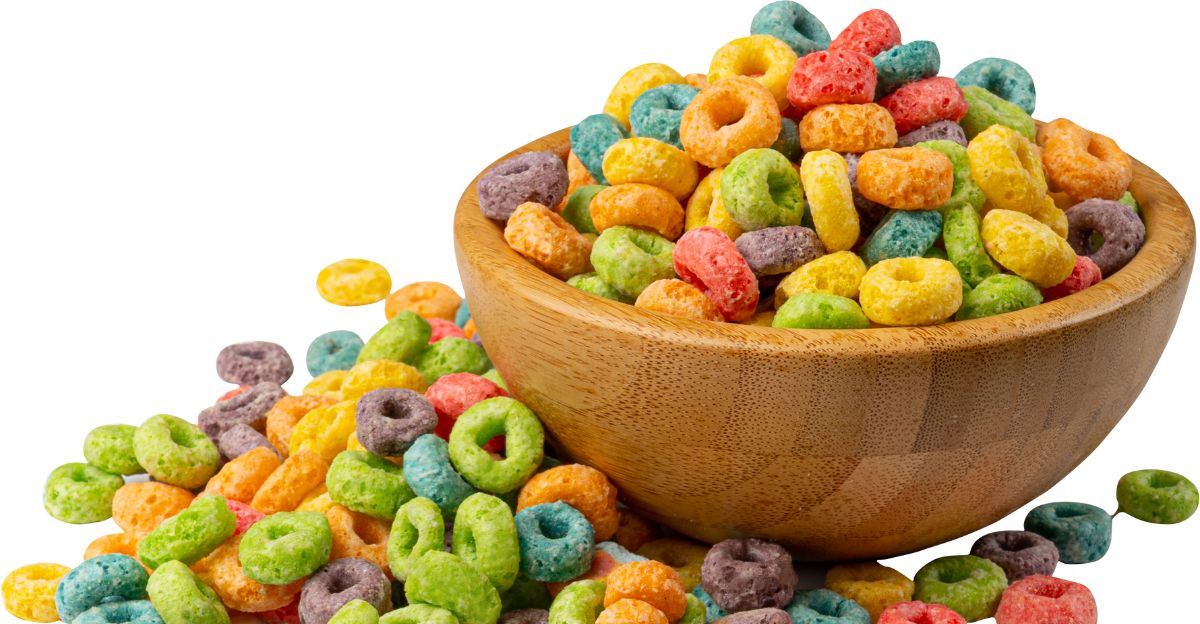
Butylated hydroxyanisole (BHA) is a synthetic antioxidant routinely added to breakfast cereals to preserve freshness and prevent fat spoilage. While the U.S. Food and Drug Administration considers BHA “generally recognized as safe” up to specific limits, mounting research has sparked debate over its use due to observed health risks in animal studies.
Studies found that when added to rats, mice, hamsters, and fish’s diets, it caused benign and malignant tumors. Despite this concern, evidence about BHA’s risk to human health remains inconclusive, with some human studies failing to show a direct cancer risk at normal dietary levels. Other experts point out that BHA may be anticarcinogenic in small quantities, suggesting context and dose are influential in determining its safety.
4. Shellac in Candy Glazes

Shellac is widely used in the confectionery industry as a glaze for candies, chocolate-covered nuts, raisins, and jelly beans, providing a shiny finish and improved shelf life. Shellac, often labeled as “confectioner’s glaze,” “candy glaze,” “resinous glaze,” or “natural glaze,” is derived from the resin secreted by the female lac bug, primarily found in forests of India and Thailand.
After harvesting the hardened resin from tree branches, it is processed, dissolved in ethanol, and applied to candy surfaces, where it dries to form a protective, glossy coating. Despite its functional benefits, shellac’s origin has raised concerns among vegetarians, vegans, and specific religious communities, spurring demand for plant-based alternatives such as zein, a corn protein.
5. Artificial Colors in Kids’ Snacks

Artificial colors, especially Red 40, Yellow 5, Yellow 6, and Blue 1, are widely used in children’s snacks, such as cereals, candies, and brightly iced baked goods. Over decades, scientific research has linked these synthetic dyes to several adverse health effects in children, including increased hyperactivity, irritability, and mood swings.
While these additives don’t directly cause conditions like anxiety or attention-deficit/hyperactivity disorder (ADHD), they can worsen symptoms in children who are predisposed to these neurobehavioral issues. Exposure to food dyes among children in the United States is significantly higher now than in earlier generations, partially because these dyes are added to many processed snacks and drinks.
6. Red Dye No. 3 in Candies

Red Dye No. 3, also known as erythrosine, is a synthetic food coloring agent historically used to give candies, baked goods, and other processed treats their characteristic bright cherry-red hue. For decades, health advocates and researchers have flagged its use due to substantial evidence from animal studies linking it to cancer, particularly thyroid tumors in rats.
Red Dye No. 3 has also shown estrogen-like activity in laboratory research, meaning it could potentially stimulate the growth of certain breast cancer cells or act as a genotoxin, causing DNA damage. Although a direct link between this dye and human cancer has not been conclusively established, the weight of animal evidence spurred regulatory bodies in the U.S. and internationally to take action.
7. Polysorbates in Food

This chemical is a widely used emulsifier in numerous processed foods such as ice cream, cakes, salad dressings, and chocolate. While it helps prevent the separation of ingredients and improves texture, recent research has uncovered concerning effects on health, particularly relating to the gut microbiome. Studies in both mice and humans indicate that polysorbate 80 can disrupt the balance of gut bacteria, breaking down the protective mucus layer that lines the gastrointestinal tract and allowing potentially harmful bacteria to come into closer contact with the gut wall.
One gut health specialist called it “one of the most toxic and acidic ingredients you can put inside your body”. The chemical has also been associated with anxiety and behavioral changes through its impact on gut-brain signaling.
8. Propylparaben in Baked Goods

Propylparaben is a synthetic chemical additive commonly used in baked goods to extend their shelf life and prevent spoilage by inhibiting the growth of bacteria and molds. Its effectiveness as a preservative and affordability have made it popular among food manufacturers, especially in muffins, cakes, tortillas, and trail mixes.
Research has shown that propylparaben can act as an endocrine disruptor, interfering with hormone regulation in the body. Animal tests have linked its ingestion to reduced fertility, decreased sperm counts, and developmental issues. At the same time, studies in women have connected it with diminished fertility and a higher risk of breast cancer.
9. PFAS (“Forever Chemicals”) in Food Packaging

PFAS, or “forever chemicals,” are a large family of synthetic compounds used for their water, grease, and stain-resistant properties, making them common in fast-food wrappers, takeaway containers, pizza boxes, and microwave popcorn bags.
What makes PFAS particularly concerning in food packaging is their potential to leach into food, especially under heat conditions, contact with fatty foods, or acidity, which multiplies the exposure risk.
10. Sodium Benzoate in Soft Drinks
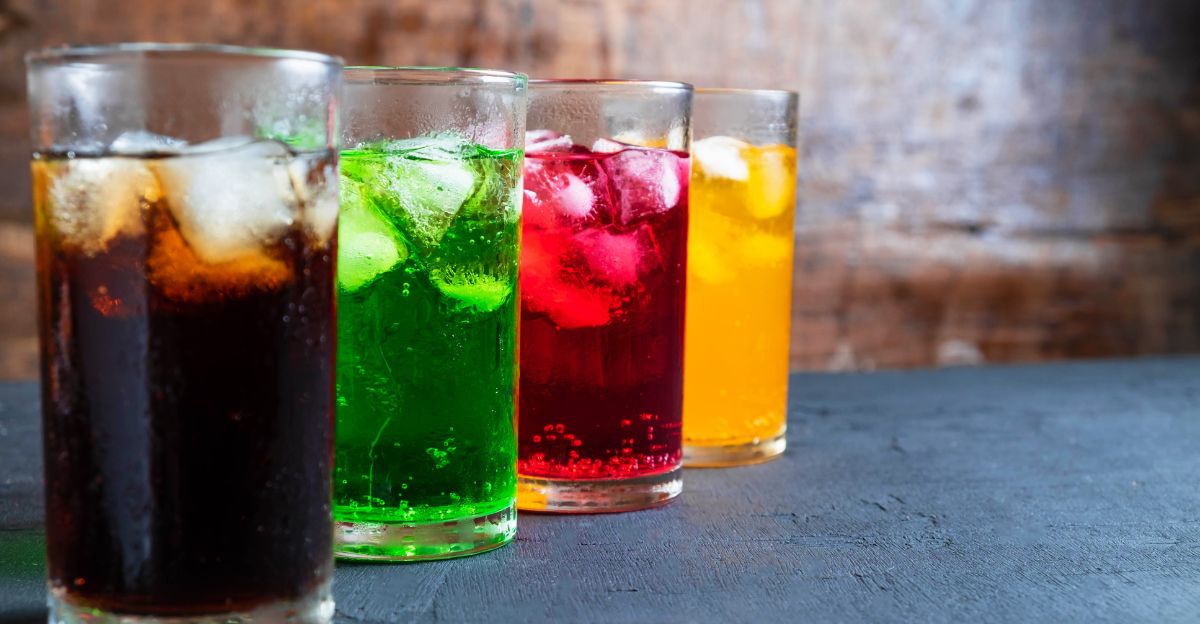
Sodium benzoate is a common preservative found in a wide range of soft drinks. It is prized for its ability to inhibit the growth of bacteria, yeast, and fungi. Despite its extensive use and approval by major food safety agencies at regulated levels, increasing scrutiny has led to concerns about its health effects when consumed regularly, especially in combination with certain other ingredients.
Research has highlighted additional risks: sodium benzoate intake has been associated with heightened levels of inflammation, increased oxidative stress, and may aggravate cases of attention deficit hyperactivity disorder (ADHD) in children and adults.
11. Aspartame

Aspartame is a widely used artificial sweetener in thousands of food and beverage products, particularly those marketed as “diet” or “sugar-free.” Since its introduction in the 1980s, aspartame has attracted controversy due to concerns raised by independent scientists and consumer groups over its potential health risks.
In July 2023, the International Agency for Research on Cancer (IARC), which is part of the World Health Organization (WHO), classified aspartame as “possibly carcinogenic to humans,” with particular concern over liver cancer based on limited evidence in animals and humans.
12. Nitrites and Nitrates in Processed Meats

Nitrites and nitrates are commonly used preservatives in processed meats like bacon, sausage, ham, and deli meats. They help prevent bacterial growth and enhance color and flavor. While they serve important food safety functions, their use has sparked significant concerns due to their ability to form carcinogenic N-nitroso compounds (NOCs) when reacting with amines during meat processing or digestion, especially under acidic conditions in the stomach.
The toxicity of nitrite is considered much higher than that of nitrate; nitrite can form dangerous nitrosamines during high-temperature cooking or curing, exacerbating cancer risks. Children may be especially vulnerable, with some studies indicating that a notable number of children exceed safe daily intake limits for nitrites through processed meat consumption.
13. L-Cysteine in Bread and Dough

Acting as a potent dough softener and reducing agent, L-cysteine modifies the gluten network by breaking disulfide bonds, which relaxes the dough, making it easier to mix, shape, and handle, especially in high-speed industrial bakeries. This process not only allows manufacturers to produce uniform loaves and buns efficiently but also improves the extensibility and reduces the stickiness of the dough, meaning it can be processed faster and with less mechanical stress.
Historically, L-cysteine was derived from natural sources like feathers, swine bristles, and even human hair, raising ethical and dietary concerns for many, particularly those seeking vegetarian, kosher, or halal products. More recently, there has been a shift toward fermentation-based, plant-derived L-cysteine, bringing the additive in line with modern dietary preferences and regulatory standards.
14. Cellulose Gum in Ice Cream

Cellulose gum, commonly found in commercial ice cream, is an additive used to thicken and stabilize the texture, creating a creamier and smoother product that remains appealing even in low-fat formulations. Derived from the cell walls of plants such as wood pulp and cotton, cellulose gum is valued for its ability to prevent ice crystal formation and extend shelf life.
While generally recognized as safe by regulatory agencies, there are increasing concerns over its health effects, especially on gut health. Excessive intake can result in gastrointestinal disturbances such as bloating, gas, diarrhea, and reduced absorption of important minerals.
15. Gelatin in Dairy and Candy
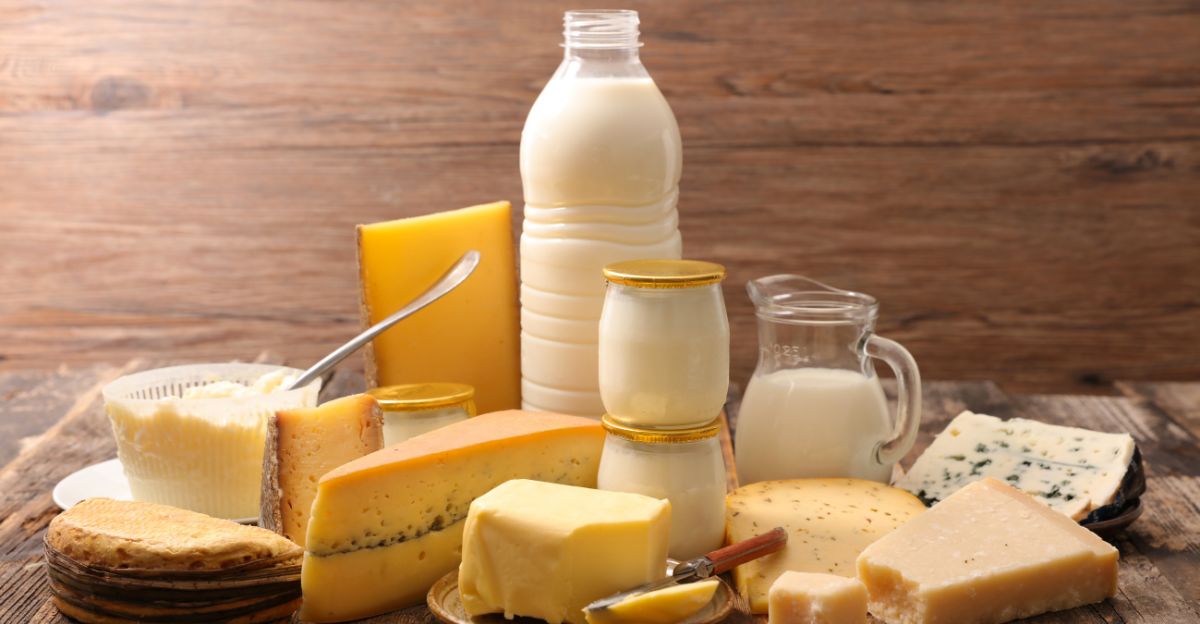
Gelatin is a widely used additive in dairy and candy products, valued for its unique ability to create a gel-like texture and enhance food stability. Derived primarily from the collagen found in animal bones, skin, and connective tissues, gelatin is flavorless and colorless, making it an ideal ingredient for imparting structure without altering the taste or appearance of the final product. Within the dairy industry, gelatin is commonly added to items such as yogurt, ice cream, and cream cheese.
Despite its versatility and GRAS (Generally Recognized as Safe) status by regulators, concerns have grown around its animal origins. Most commercial gelatin is sourced from pork or beef, but the source is rarely indicated on labels, raising dietary, religious, and ethical questions, particularly among vegetarians, vegans, and those observing religious dietary restrictions.
16. Azodicarbonamide in Flour
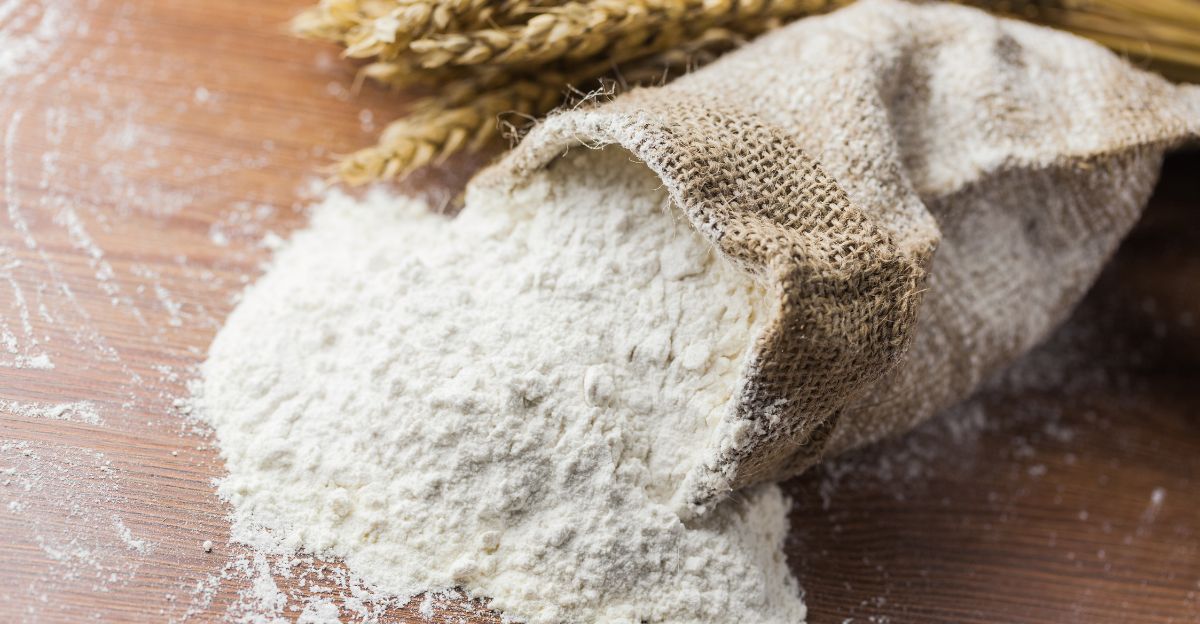
Azodicarbonamide (ADA) is a chemical additive commonly used in the food industry as a dough conditioner and flour bleaching agent. It is prized for strengthening and whitening baked goods such as bread, burger buns, and pizza crusts. ADA makes dough more elastic, improves baking performance, and extends shelf life, so many commercial bakeries have embraced it for mass production. However, ADA is controversial and has been the subject of growing health and regulatory scrutiny worldwide.
Factory workers handling ADA in industrial settings have reported respiratory and allergy symptoms linked to occupational exposure, raising additional safety concerns. As a result, the European Union, the United Kingdom, and Australia have banned ADA outright from food products.
17. Partially Hydrogenated Oils (Trans Fats)

Partially hydrogenated oils (PHOs), commonly known as trans fats, were once a mainstay in processed foods because they are inexpensive to produce and enhance shelf life. These fats are created by adding hydrogen to liquid vegetable oils, turning them solid at room temperature. While this transformation made PHOs popular in commercial baking and fast-food frying, they are now recognized as highly detrimental to health.
The key danger of trans fats lies in their ability to raise low-density lipoprotein (LDL, or “bad” cholesterol) while simultaneously lowering high-density lipoprotein (HDL, or “good” cholesterol). This imbalance accelerates cholesterol buildup in the arteries, significantly increasing the risk of heart disease and stroke.
18. Carmine (Insect Dye) in Beverages

Carmine, also known as cochineal extract or E120, is a red dye derived from the dried bodies of the female cochineal insect (Dactylopius coccus), native to Latin America and widely farmed in Peru and Mexico. This natural pigment has been used since ancient times for coloring textiles and continues to be extensively employed in modern food and beverage manufacturing.
Despite its natural origin and approval by major food safety authorities, carmine remains controversial due to its insect-based origin, which renders it unsuitable for vegans and vegetarians and some religious dietary laws. Some consumers are unaware of its presence since it may be labeled vaguely as “natural color” or “E120,” leading advocacy groups to push for clearer ingredient labeling.
19. High-Fructose Corn Syrup
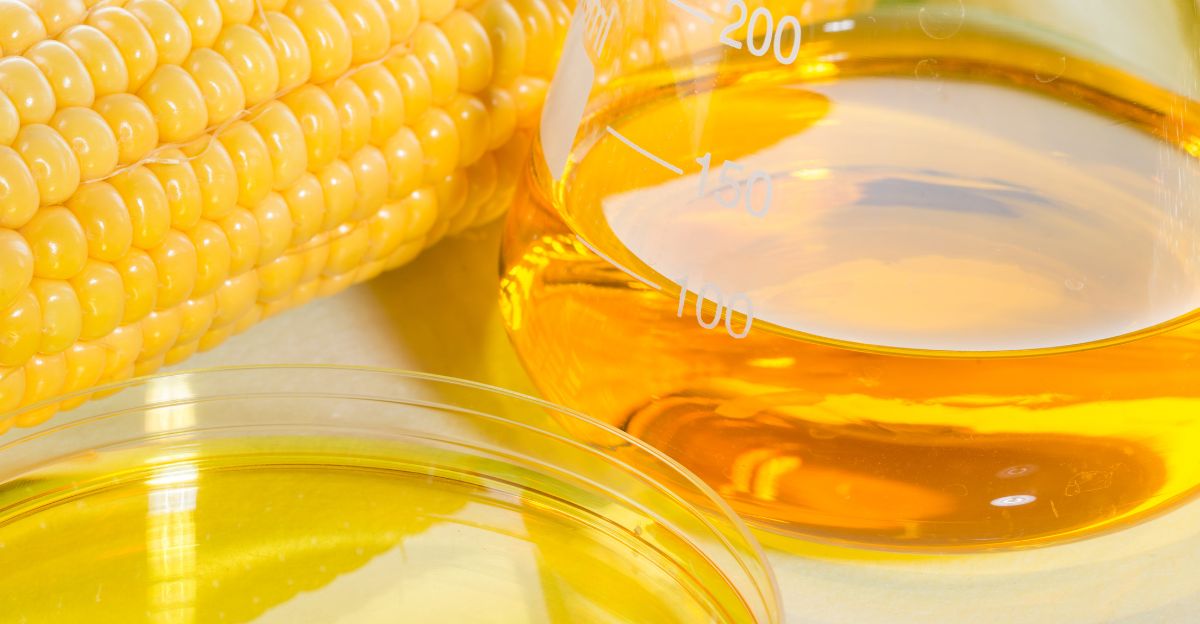
High-fructose corn syrup (HFCS) has become a prevalent sweetener in processed foods and beverages, leading to extensive scrutiny due to its potential health risks. Chemically, HFCS consists of glucose and fructose, but unlike table sugar (sucrose), these sugars exist independently and are more readily absorbed and metabolized by the body.
Excessive HFCS consumption has been strongly linked to increases in liver fat and decreased insulin sensitivity, both of which are significant risk factors for developing type 2 diabetes and non-alcoholic fatty liver disease (NAFLD). According to a UC Davis study, “Within two weeks, we observed a significant change in liver fat and insulin sensitivity in the two groups consuming sucrose- or high fructose corn syrup-sweetened beverages.”